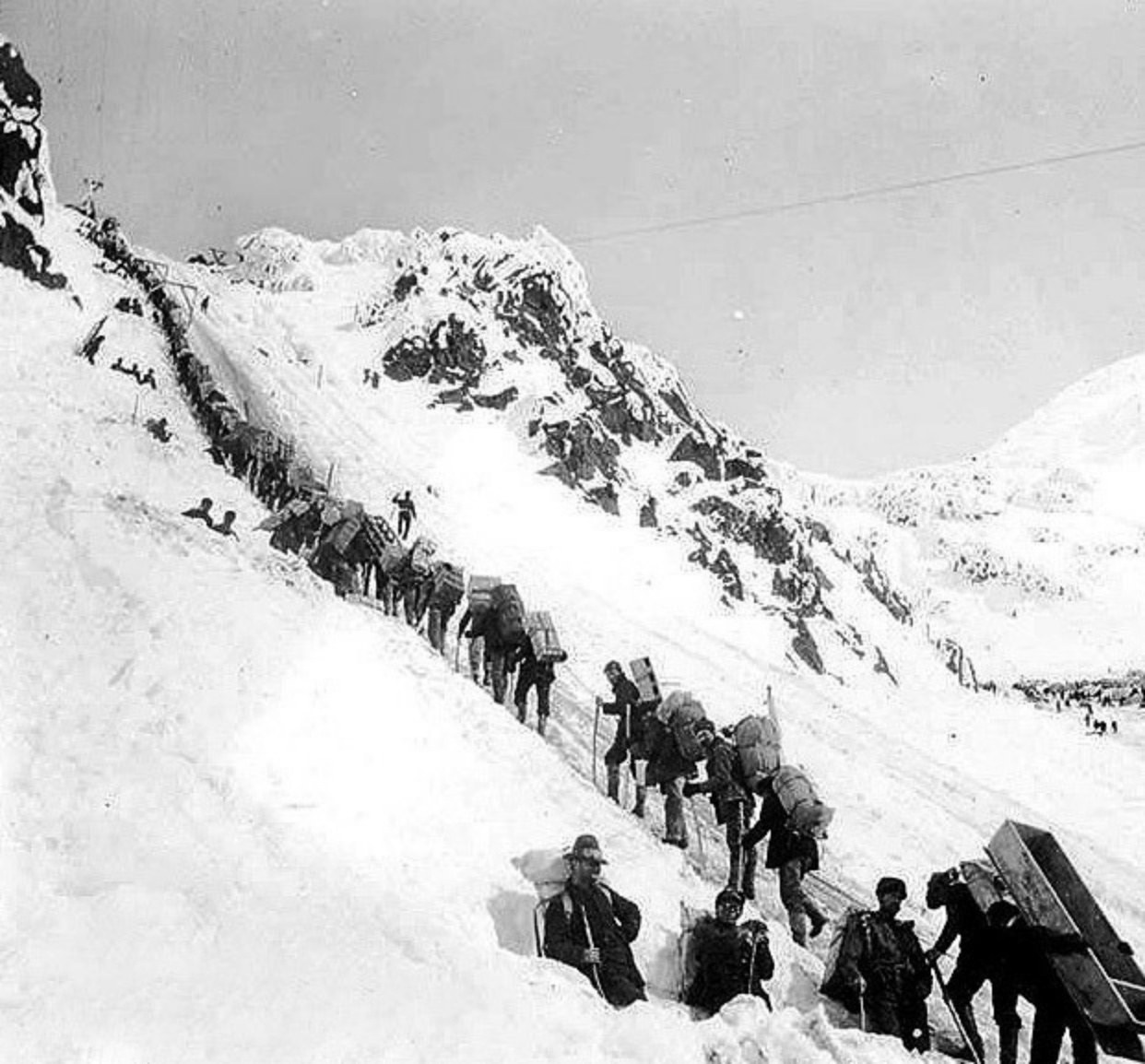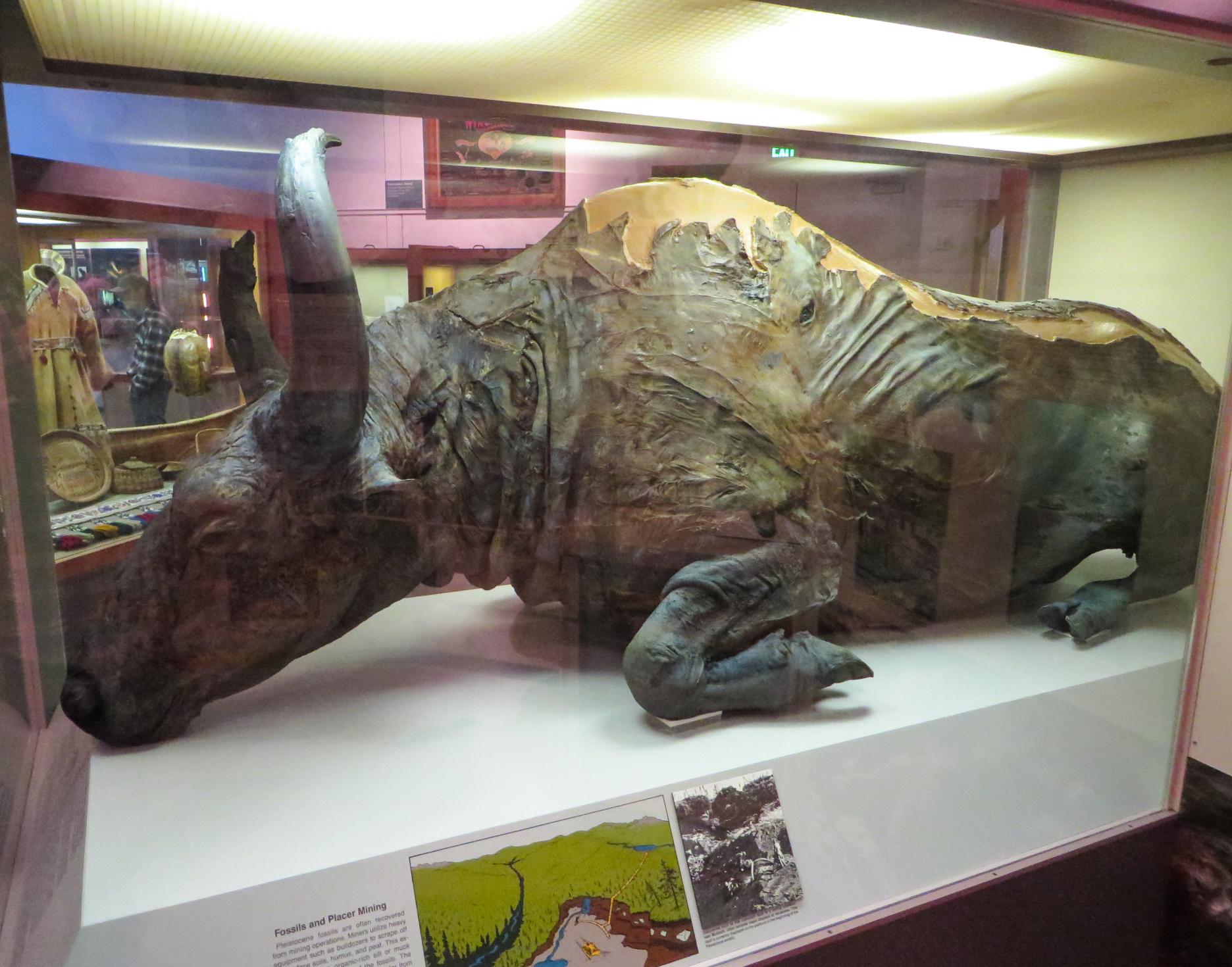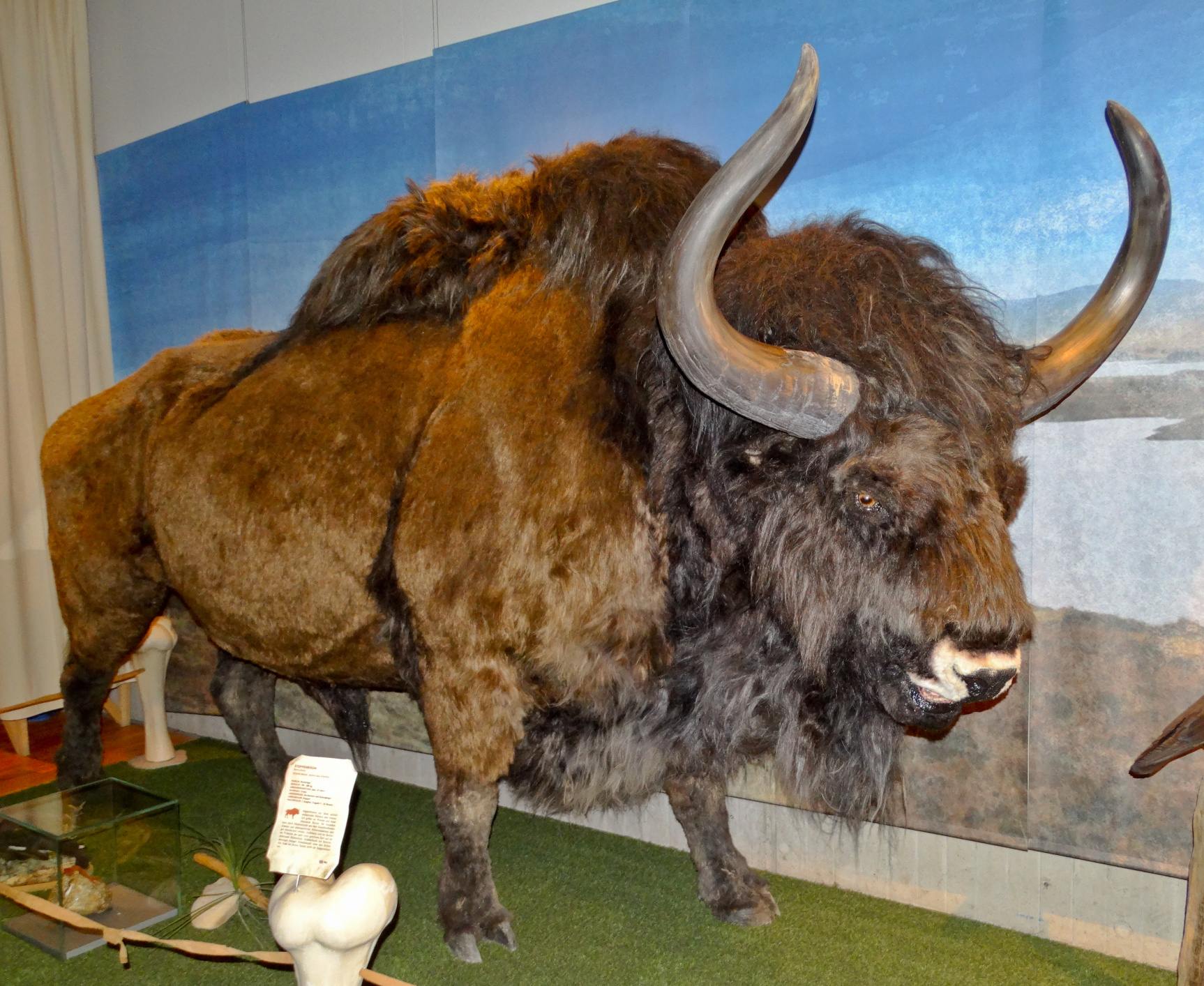In the vast frozen lands of Alaska, a mesmerizing relic from the Ice Age has captured the attention of scientists and researchers for centuries. Discoveries of these preserved ancient creatures have sparked curiosity and wonder since their initial unearthing over two hundred years ago.

During the Klondike Gold Rush of the late 1800s, an influx of fortune seekers from different parts of the United States went to Alaska and Yukon in Canada to do a lot of gold mining. During that time, many miners accidentally found old fossils and incomplete remains of animals that lived a very long time ago. But people didn’t really think they were important and just threw them away or kept them as souvenirs.
However, in 1979, long after the gold rush had come to an end, a family of gold-mining enthusiasts, Walter and Ruth Roman and their sons, made an astonishing discovery near the city of Fairbanks, Alaska. Embedded within the icy landscape, they unearthed the remarkably preserved carcass of a male steppe bison.

The bison’s existence was first revealed when a jet of water from a mining hose inadvertently thawed the frozen soil encasing a portion of its body. Recognizing the potential importance of their find, the miners wasted no time in reaching out to the local university for guidance.
Investigations conducted by paleontologist Dale Guthrie determined that the carcass belonged to an Ice Age bison (Bison priscus), estimated to be tens of thousands of years old. In order to ensure its preservation, Guthrie swiftly arranged for an excavation to extract the carcass from its icy tomb.

A radiocarbon date from a piece of skin revealed that the bison had met its demise approximately 36,000 years ago. Claw marks on the rear of the carcass, tooth punctures in the skin, as well as a piece of a lion’s tooth embedded in the animal’s neck indicate that the bison had fallen victim to an Ice Age American lion (Panthera leoatrox) – an ancestor of the majestic African lions we know today.
Upon its discovery and subsequent excavation, the bison carcass exuded a peculiar blue hue, covered by a chalky substance. This phenomenon was the result of a mineral coating called white vivianite, produced when the phosphorus within the animal’s tissue reacted with the surrounding iron-rich soil. As the vivianite was exposed to the air, it underwent a stunning transformation, morphing into a brilliant shade of blue. Hence, the bison earned the moniker “Blue Babe,” reminiscent of the legendary giant blue ox associated with Paul Bunyan.
The bison appears to have died during the fall or winter when conditions were relatively cold. This conclusion was reached based on the discovery of leftover underfur and a layer of fat on the bison’s carcass, which served as insulation and a source of energy during the chilly winter period. After the bison’s demise, the carcass would have rapidly cooled due to the frigid temperatures of winter, eventually freezing solid. As a result, it would have been exceedingly challenging for scavengers to feast on the frozen carcass, and so it likely remained partially scavenged throughout the entire winter.
The preservation of this bison carcass was so exceptional that coagulated pockets of blood were discovered in the skin at the base of the claw and canine teeth puncture wounds inflicted by the lion. The muscle tissue that had not been scavenged by carnivores possessed a texture and color reminiscent of “beef jerky.”
Most of the long bones still contained white, greasy bone marrow. While the skin had lost most of its hair due to minimal decomposition, it still retained a layer of fat. Furthermore, the hooves on all four feet remained attached to the carcass, maintaining their original shape over the millennia.
Instances of Ice Age mammal carcasses being preserved are quite rare; however, a few have been found frozen in the permafrost of Siberia and Alaska. The extremely cold soils of the Arctic serve as one of nature’s most effective methods for preserving animal tissue for tens of thousands of years.
An intriguing and rather unusual anecdote regarding Blue Babe is the fact that a portion of this ancient creature was actually cooked and consumed by the researchers who were studying it. In 1984, Guthrie and his colleagues were preparing Blue Babe for exhibition when they decided to cut off a piece of the animal’s neck tissue. They then opted to transform it into a stew, which they proceeded to divide among themselves. Reportedly, the meat emitted a strong, earthy aroma, but it turned out to be delicious. Additionally, it was noted that although the meat was tough in texture, it was still edible.




